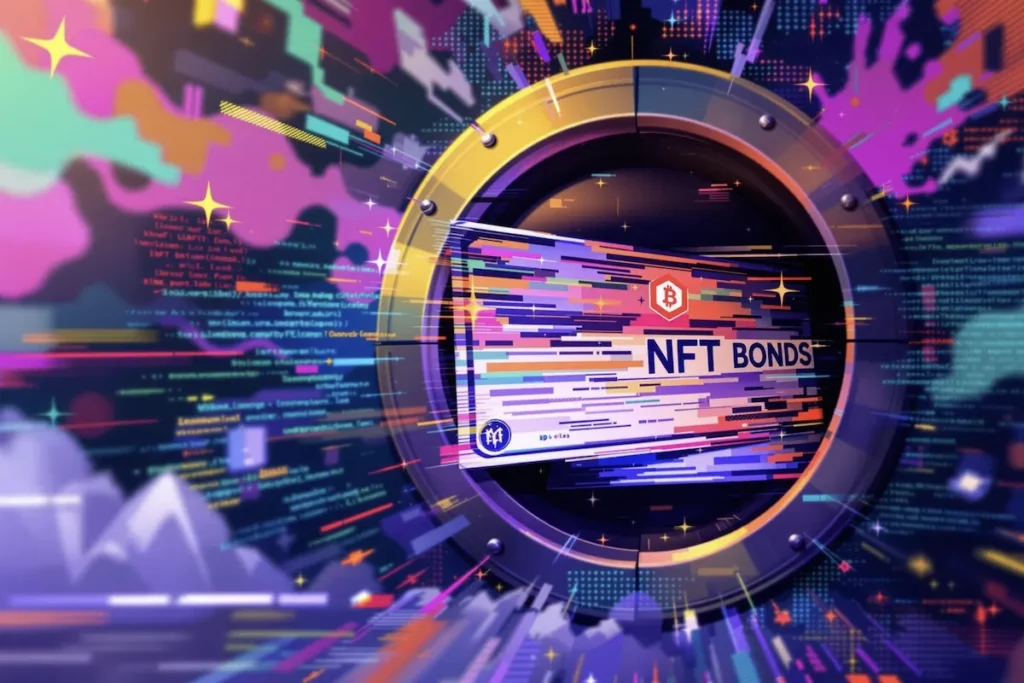Digital technology has been revolutionizing the world of investing, and one area that is seeing significant changes is bond investing. While traditional bonds have been the go-to option for many investors, a new player has entered the scene: NFT Bonds. These digital tokens combine the familiarity of traditional bonds with the efficiency of blockchain technology, offering a new way to approach fixed-income investments.
Understanding NFT Bonds
NFT Bonds are digital tokens that represent fractions of traditional bonds on a blockchain. By breaking down bonds into smaller segments, investors with limited funds can now participate in the bond market. These bonds are recorded on a distributed ledger using smart contracts, making transactions transparent and easy to track. NFT Bonds offer the predictability of traditional bonds with the streamlined operations of blockchain technology.
Key Features and Benefits
– Accessibility: NFT Bonds allow fractional ownership, making it easier for a wider range of investors to enter the market.
– Transparency and Security: Blockchain records ensure each transaction is secure and tamper-proof, reducing the risk of fraud.
– Liquidity: NFT Bonds can be traded on secondary marketplaces, providing investors with flexibility in managing their holdings.
– Customization and Efficiency: Smart contracts automate tasks and allow for customizable bond terms, streamlining transactions and potentially reducing fees.
Comparing NFT Bonds to Traditional Bonds
While both NFT Bonds and traditional bonds involve raising debt capital in exchange for interest, there are key differences to consider:
– Market Volatility: NFT Bonds may experience more price fluctuations due to their ties to crypto markets.
– Liquidity Risk: NFT Bonds offer more flexibility in trading, but market demand may vary.
– Regulatory Risk: NFT Bonds face regulatory uncertainties, while traditional bonds benefit from established regulations.
– Security and Fraud Risk: NFT Bonds offer transparency but may be susceptible to coding errors, while traditional bonds adhere to industry standards.
– Systemic Risk: NFT Bonds may be influenced by crypto market cycles, while traditional bonds can serve as safe havens in economic downturns.
Real-World Applications
NFT Bonds have various real-world applications, including:
– Real Estate Tokenization: Fractional ownership of real estate assets through NFT Bonds makes property investing more accessible.
– Corporate Bond Issuance: Companies are exploring blockchain-based bonds, indicating the growing interest in this new form of financing.
– Collateralized Lending: NFT Bonds can be used as collateral for loans, simplifying the lending process.
– Secondary Market Trading: NFT Bonds can be easily traded on digital platforms, offering investors flexibility in managing their holdings.
Spotlight on Emerging Platforms
Platforms like Credefi and Lenfi are pioneering the issuance and management of NFT Bonds, offering investors new ways to participate in the bond market. These platforms are expanding rapidly and could shape the future of blockchain-based debt instruments.
Considerations and Challenges
Investors should be aware of regulatory, technological, and market-related challenges when considering NFT Bonds. Staying informed, understanding the risks, and seeking expert advice can help navigate the evolving landscape of digital finance.
Market Outlook
Industry leaders predict a future where more financial assets will be tokenized, attracting larger institutions and driving further innovation in the space. Platforms like Credefi and Lenfi are leading the way in exploring the potential of NFT Bonds in the broader financial market.
In conclusion, NFT Bonds offer a new frontier in bond investing, combining the best of traditional bonds with the efficiency of blockchain technology. While there are challenges to consider, the potential benefits and opportunities in this space make it a promising avenue for investors to explore. Stay informed, stay vigilant, and stay tuned for the exciting developments in the world of NFT Bonds.

